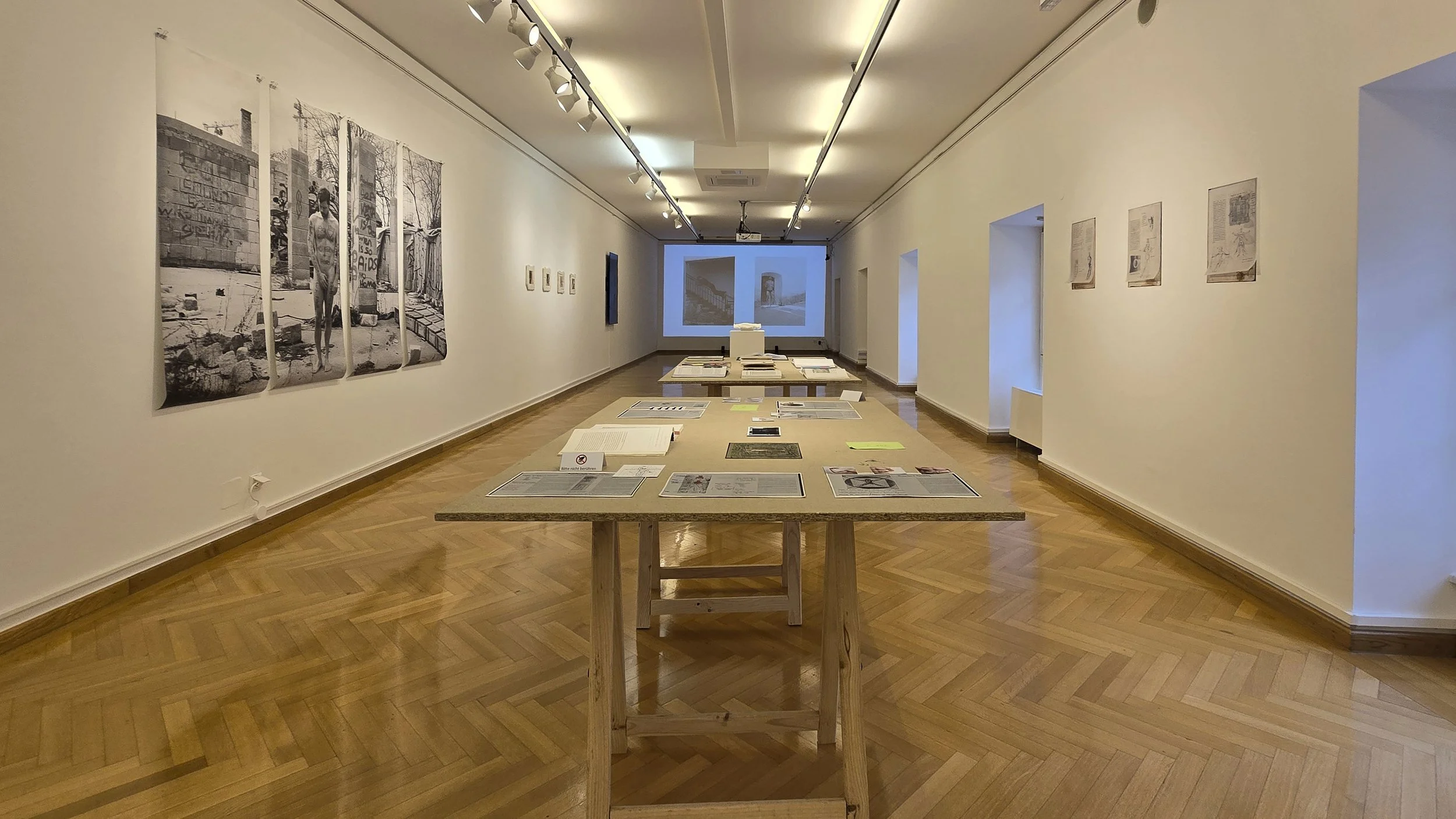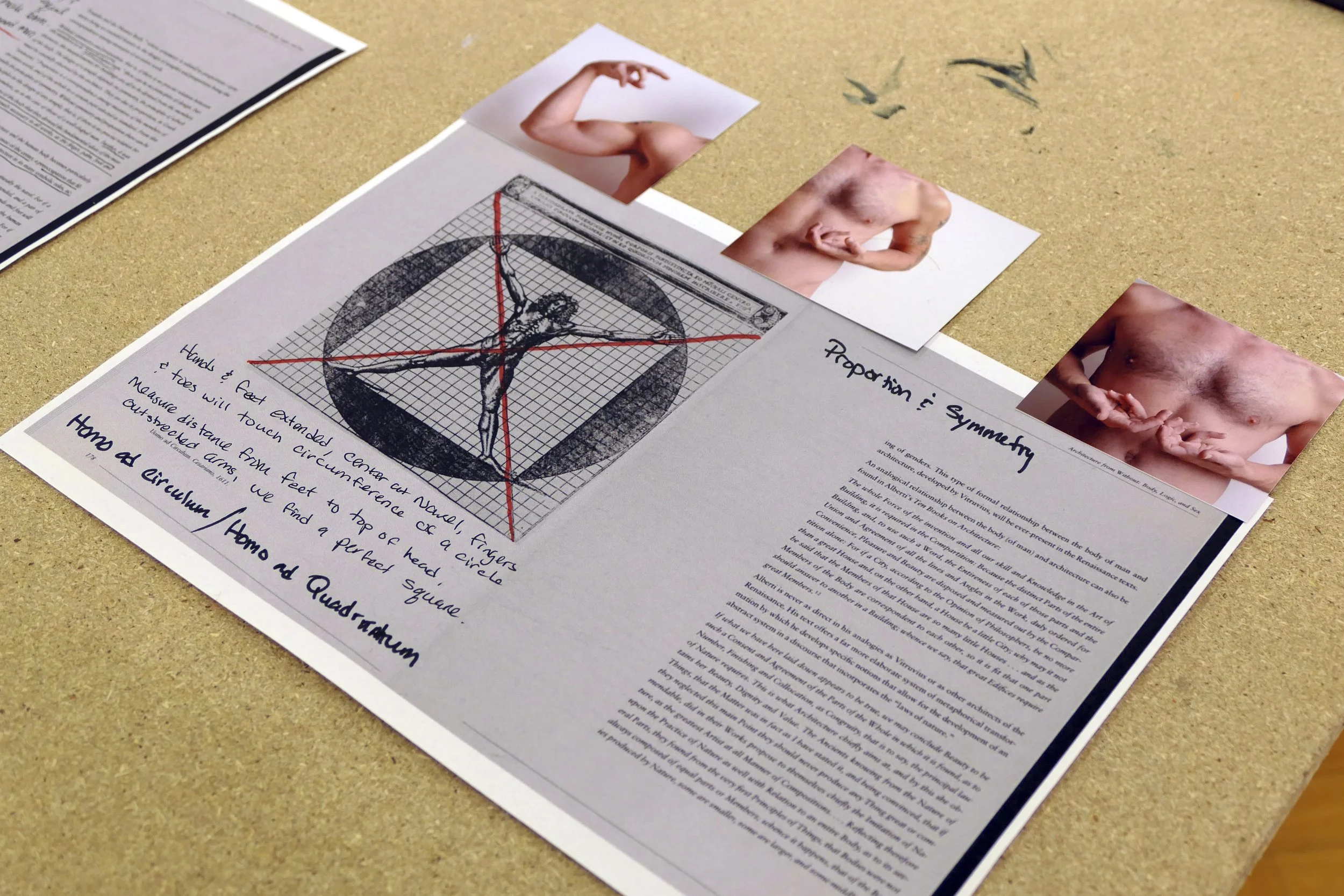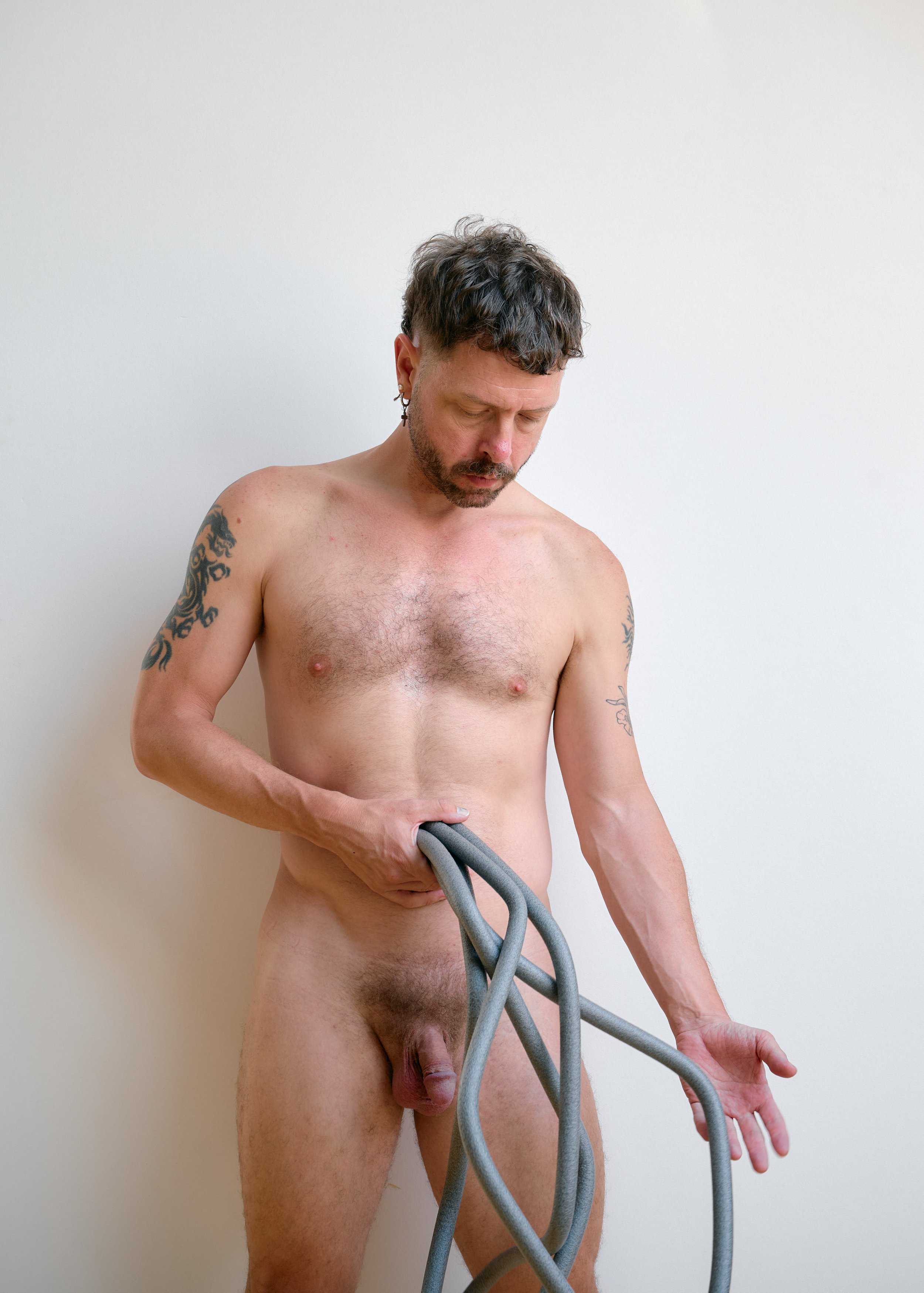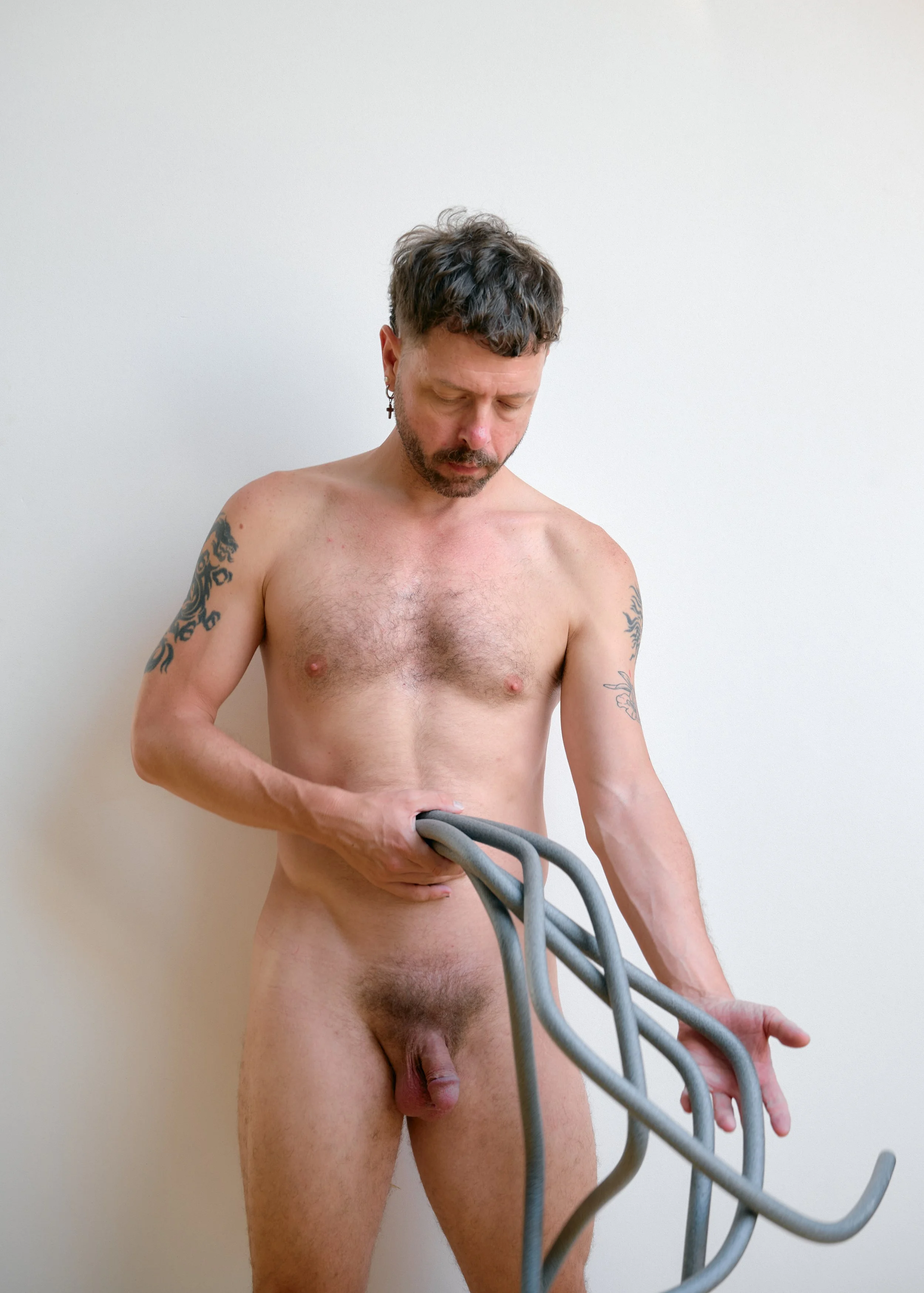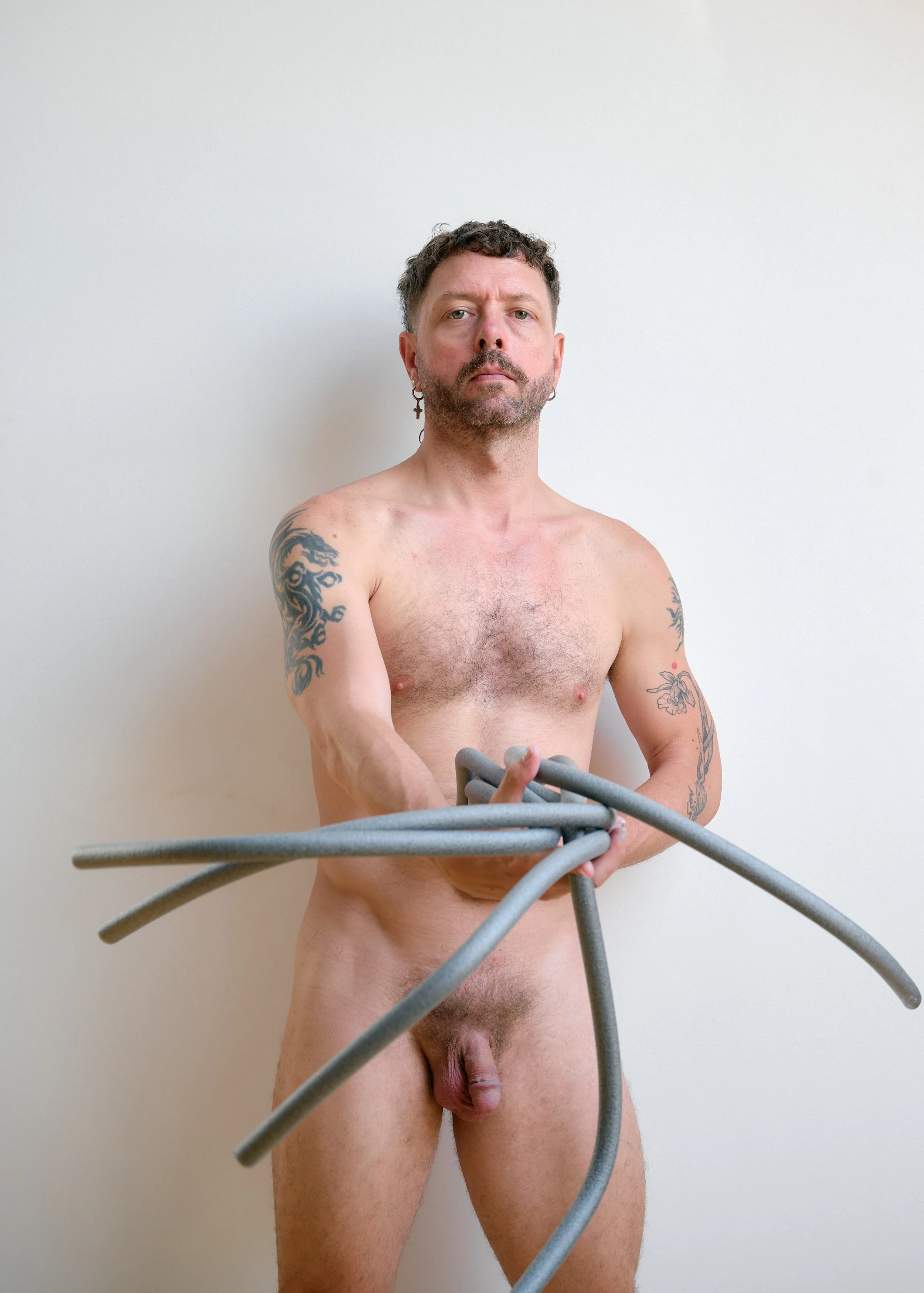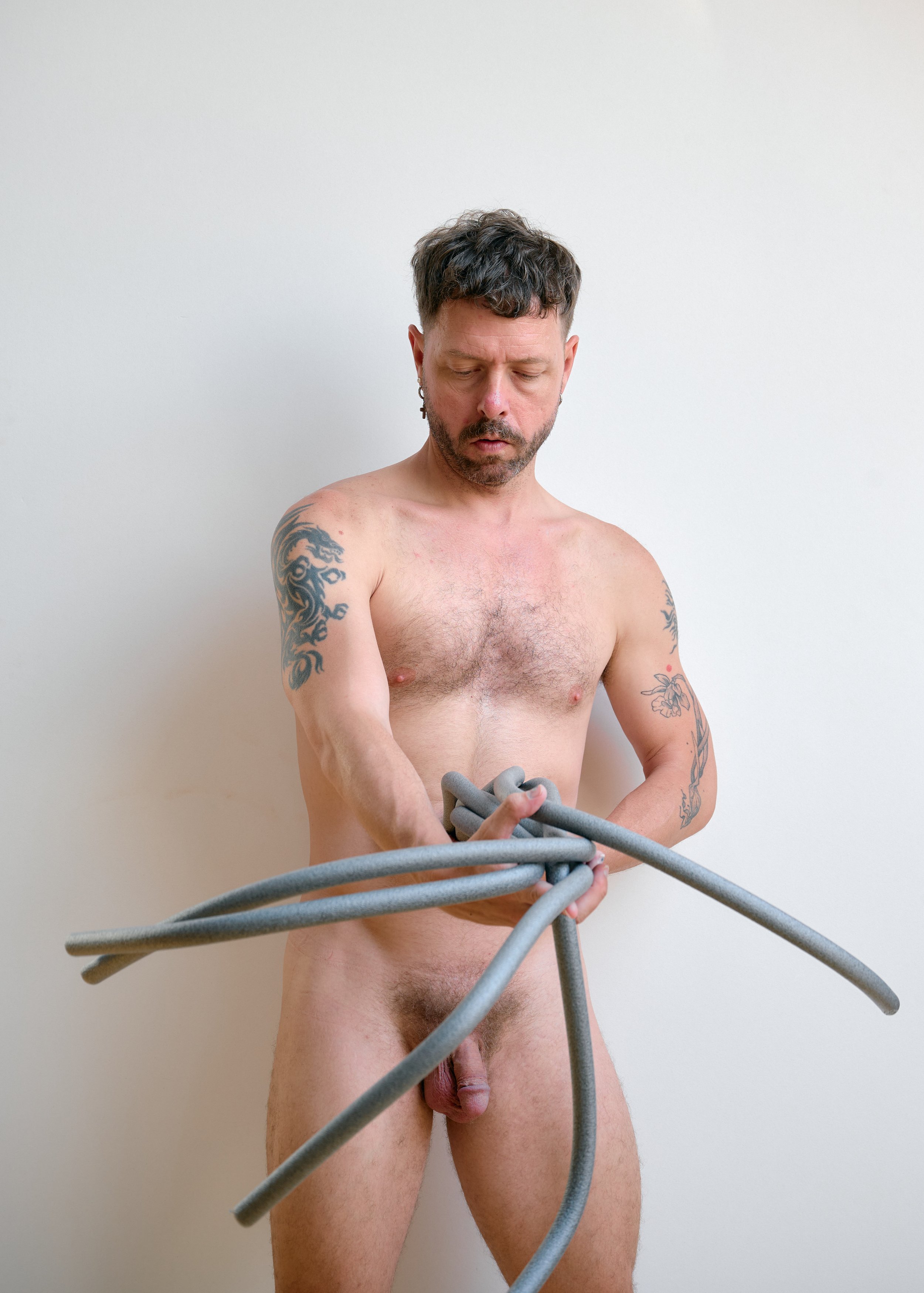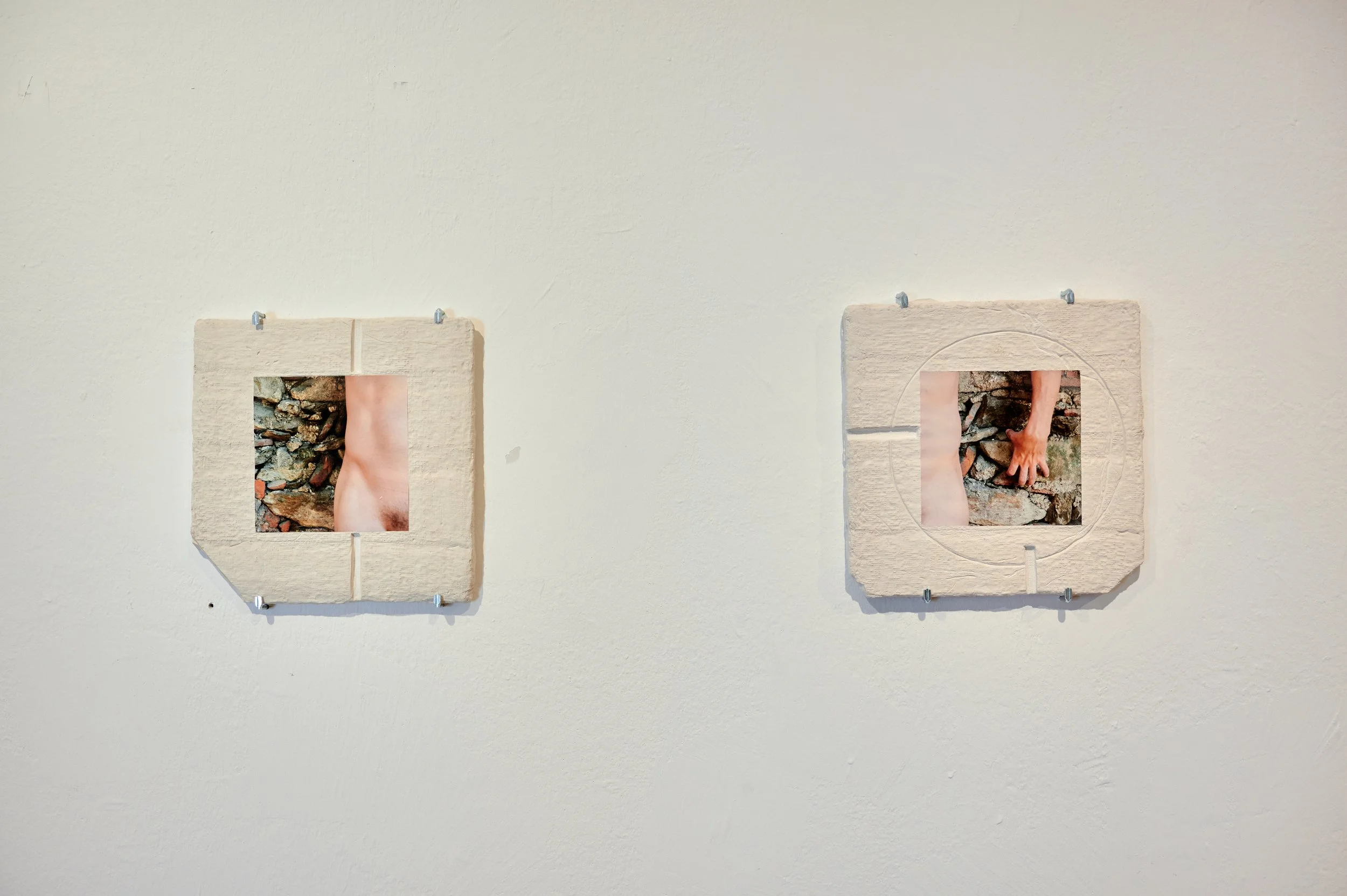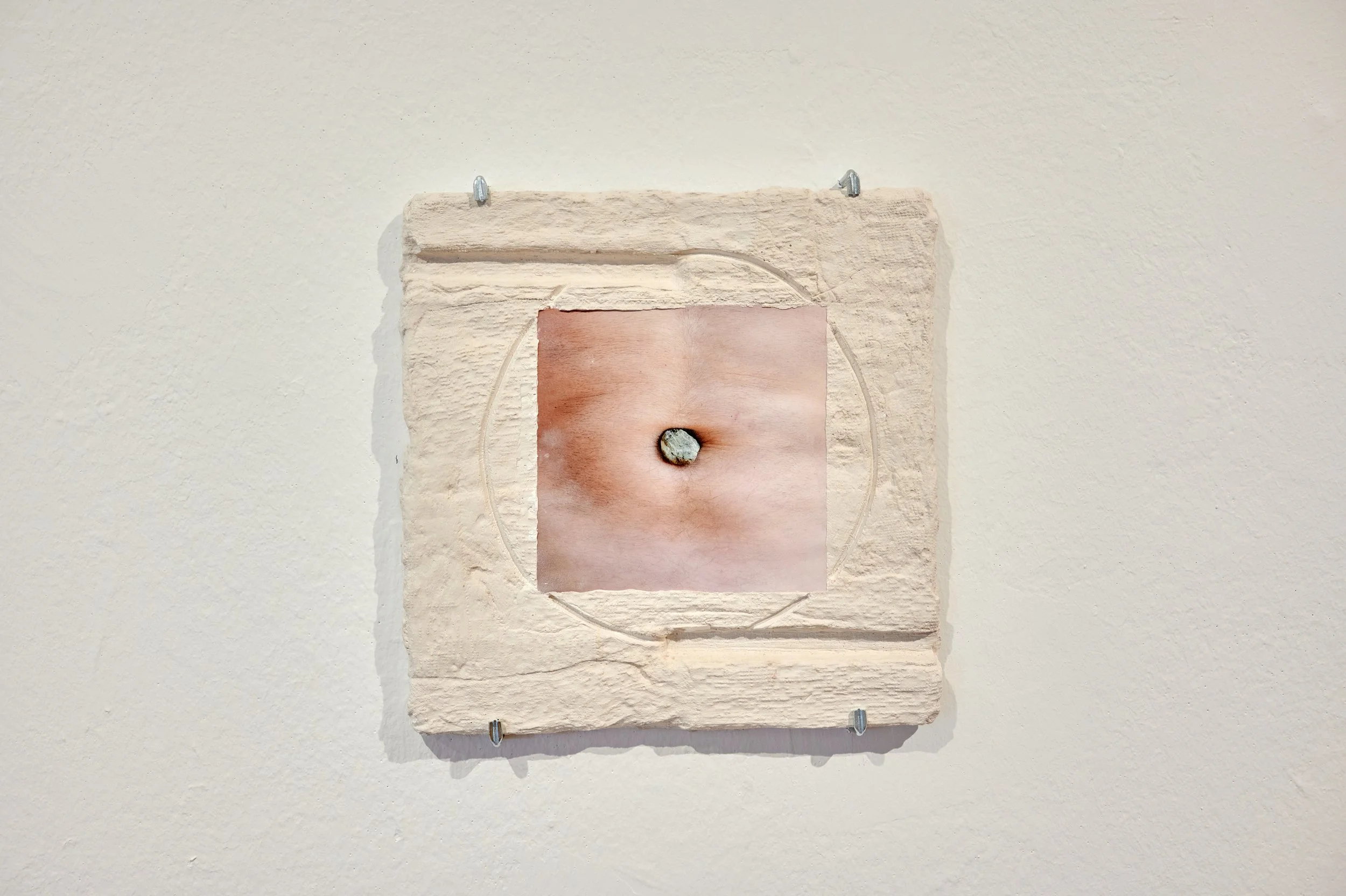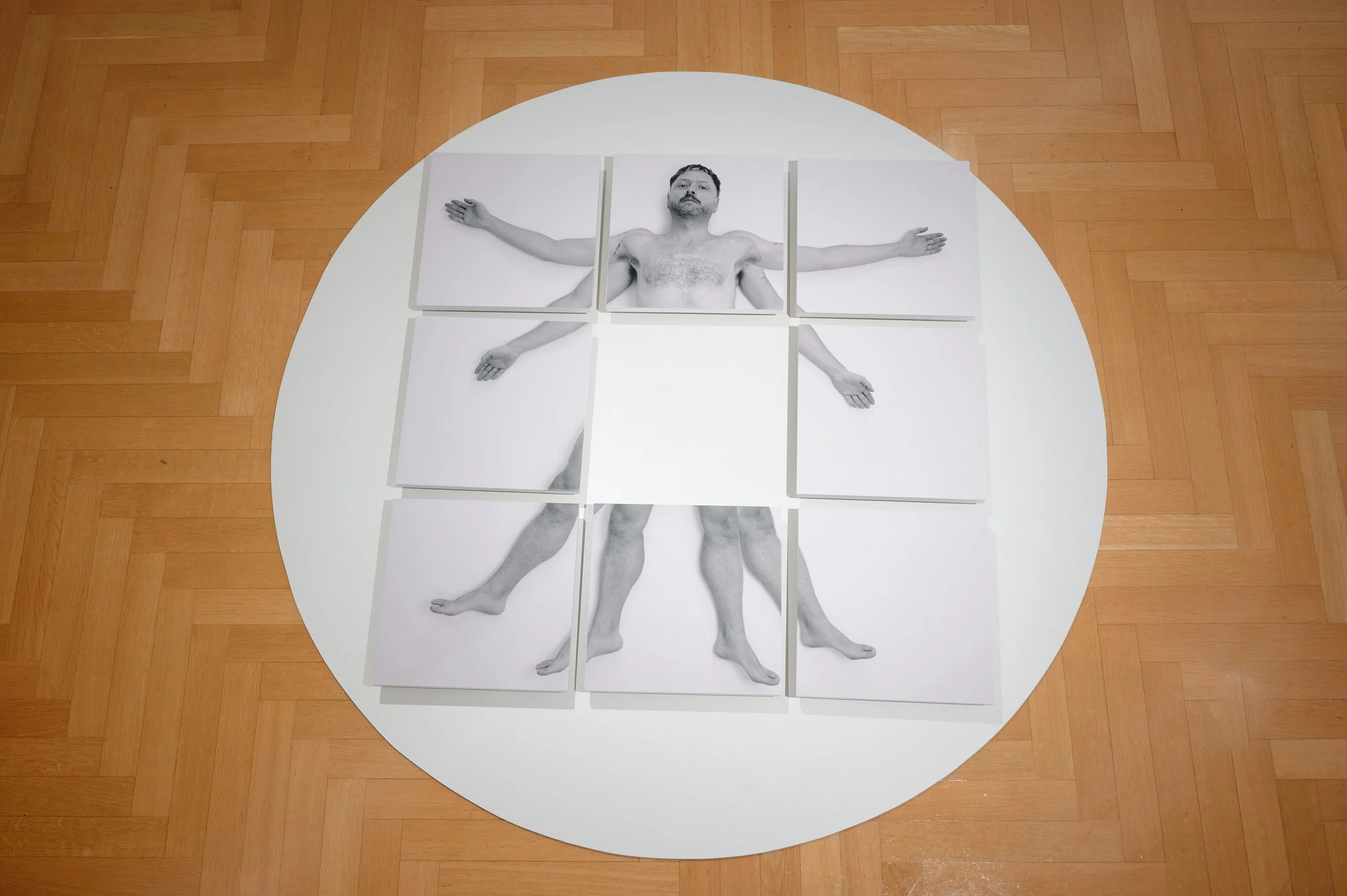Vitruvius from Without
Vitruvius from Without
2024, photography, media art, mixed media
This interdisciplinary solo exhibition was the result of a 5-month photography and media art residency from the State of Carinthia (Land Kärnten) in Klagenfurt, Austira. The exhibition took place in Stadtgalerie Klagenfurt.
The body of work is an examination of architectural treaties from the Renaissance, a period foundational to Western architectural ideology. During the Renaissance, architecture became an anthropomorphic discipline, with the male body serving as the ideal model for proportions and design, as epitomized by the Vitruvian Man. The city of Klagenfurt offered a unique case study for this investigation, being one of the few Austrian cities completely rebuilt during the height of the Renaissance by master builder Domenico dell’Allio (Lugano).
The subject of the body is not only essential in architecture but directly linked to the question of gender and sex. Critical to this work are the feminist architectural writings of Diana Agrest in Architecture from Without. The artistic process relies on the interdisciplinary theory of Critical Spatial Practice, pioneered by Jane Rendell, and operates at a triple crossroads: between theory and practice, public and private, and art and architecture.
The exhibition included both existing works and those developed and produced for the residency.
Umbilicus Vitruvianus
2024, sequential photographs, moving images
This photographic sequence, used in a moving image animation, deconstructs the centrality of the male body, reimagining the navel not as origin but as a shifting site of dependency, ambiguity, and transformation. The presence of multiple cords resists the myth of a singular origin, evoking a network of entanglements.
“[In Renaissance ideology] the center is represented by the navel, which becomes a metonymic object or a ‘shifter’ in relation to gender… this type of formal relationship between the body of man and architecture… allows the constant shifting of genders.”
—Diana Agrest, Architecture from Without: Body, Logic and Sex
Umbilicus Vitruvianus Urbis
2024, C-print, digital collage, 70 x 100 cm
Photographic collage combining a digital self-portrait with a 1605 map of Klagenfurt by Christoph Senft. Referencing Francesco di Giorgio Martini’s writings on the body as architectural template, I investigate the feminization of the architect through metaphors of conception, gestation, and nourishment.
“It was the intent of society and architect during the Renaissance to suppress women by projecting the womanly quality of motherhood onto the male body which gives birth to architecture and must ‘dream’, ‘care’ and ‘nurture’ a building like a mother does a baby.”
—Diana Agrest, Architecture from Without: Body, Logic and Sex
Man’s body is functionally transformed, feminized, in the production of this architectural analogy in order for the architect to conceive, give birth and nourish the city, the typical role of a woman. A flexible tube — both umbilical and infrastructural — connects my navel, mouth and the placenta, looping the origins of bodily nourishment with the mechanisms of voice, authorship, and speech.
Vitruvius Umbilicus Materia
2024, plaster, human hair, ca. 32 x 31 cm
Plaster sculpture cast from my own torso, retaining body hair and surface texture transferred during the mold-making process. The work revisits Renaissance ideas of bodily symmetry and spatial centrality, grounding Vitruvian theory in the visceral, material specificity of a gendered body. By foregrounding the navel — both anatomical and symbolic — the piece questions ideals of proportion, origin, and architectural universality.
Vitruvius Materia I–IV
2024, C-prints, plaster, ca. 27 x 27 x 2 cm each
Series of wall-mounted C-prints embedded in cast plaster panels. Drawing from Renaissance sculptural practices and the architectural use of plaster as a modeling material, the works explore the intersection of skin, surface, and structure.
The intimate bodily fragments contrast the permanence of plaster with the ephemerality of the image, grounding historical ideals of form and proportion in lived, vulnerable flesh. Circles and grids etched into the plaster reference classical systems of measure while resisting their totalizing logic through asymmetry and sensual detail.
Umbilicus Vacat
2024, silver gelatin prints, gesso boards, ca. 30 x 30 x 2 cm each, ca. total 90 x 90 cm
Floor-based installation composed of eight elevated silver gelatin prints forming a fragmented male figure. Referencing Leonardo’s Vitruvian Man, the work dismantles classical ideals of bodily unity and spatial symmetry. The absent central panel,where the navel or genitals would reside, opens a deliberate void, disrupting the assumed centrality of the male body as universal measure.
“Space, like the body, is coded, disciplined, performed. To unsettle that logic is to make its material supports tremble.”
—On the Figure that Doesn’t Belong (2025)
By using analog photographic processes, the work ties the fragility of bodily representation to the material history of visual systems that have long shaped architecture, science, and gender.

